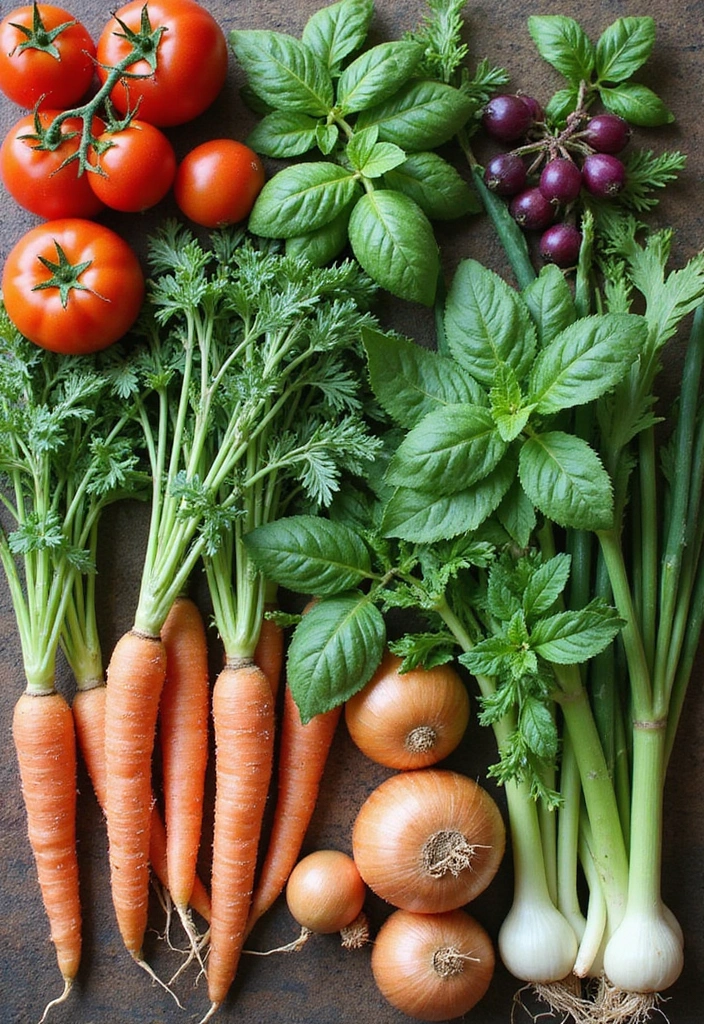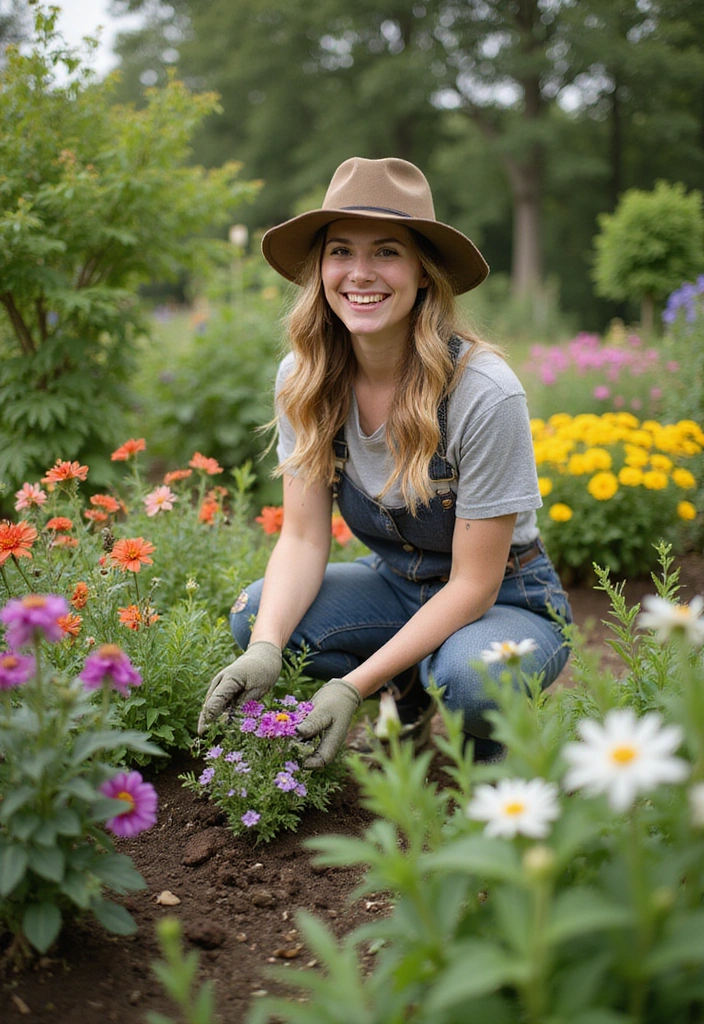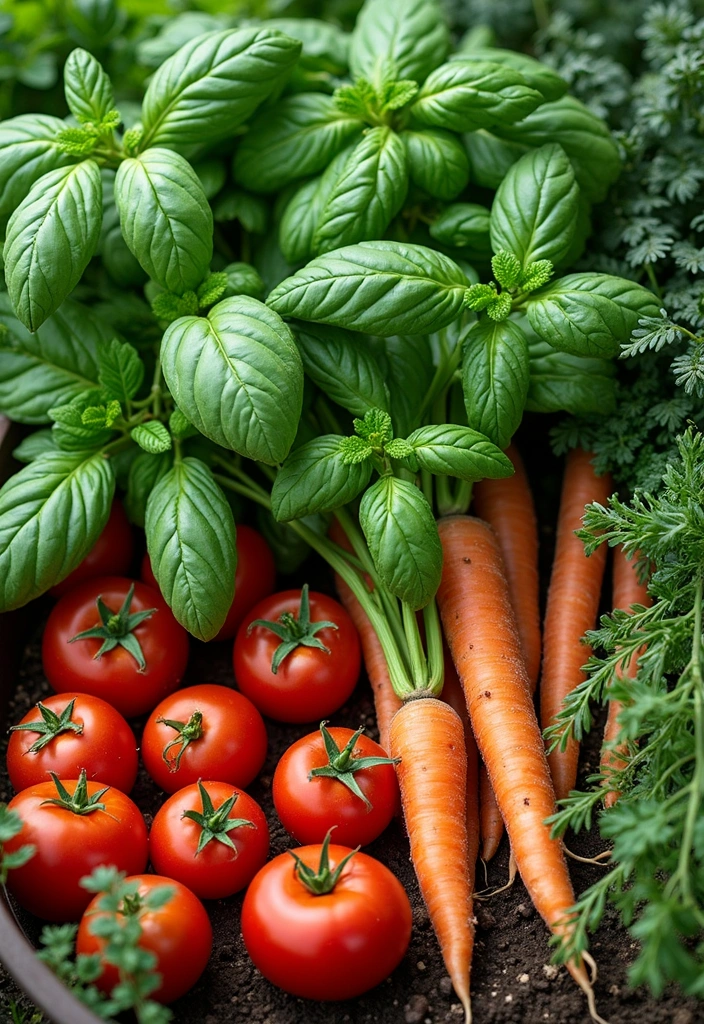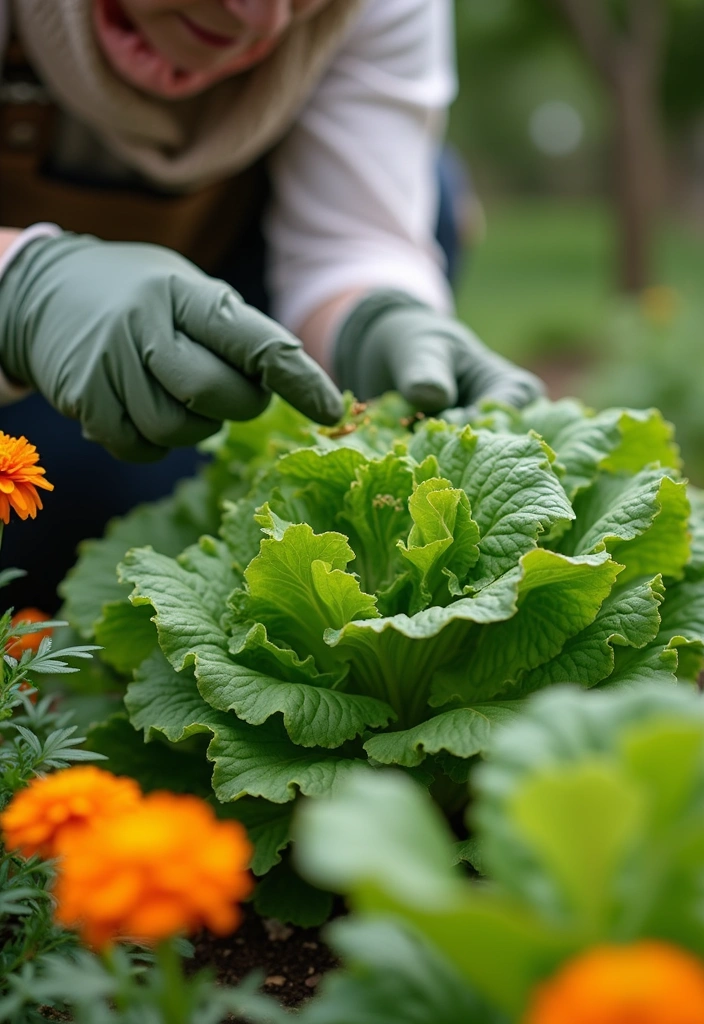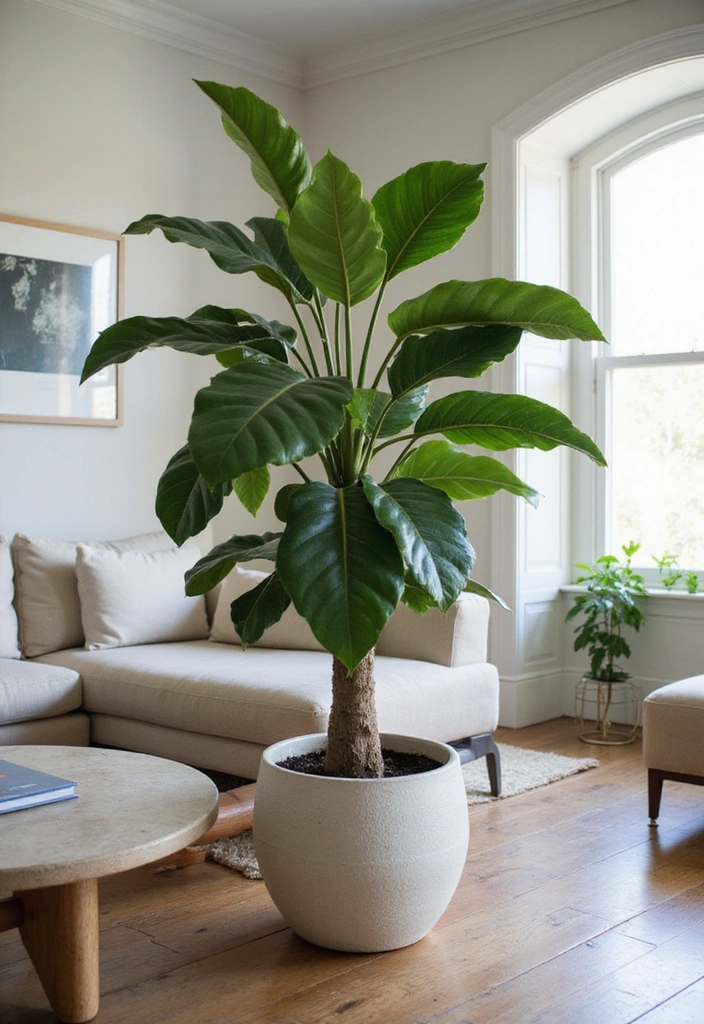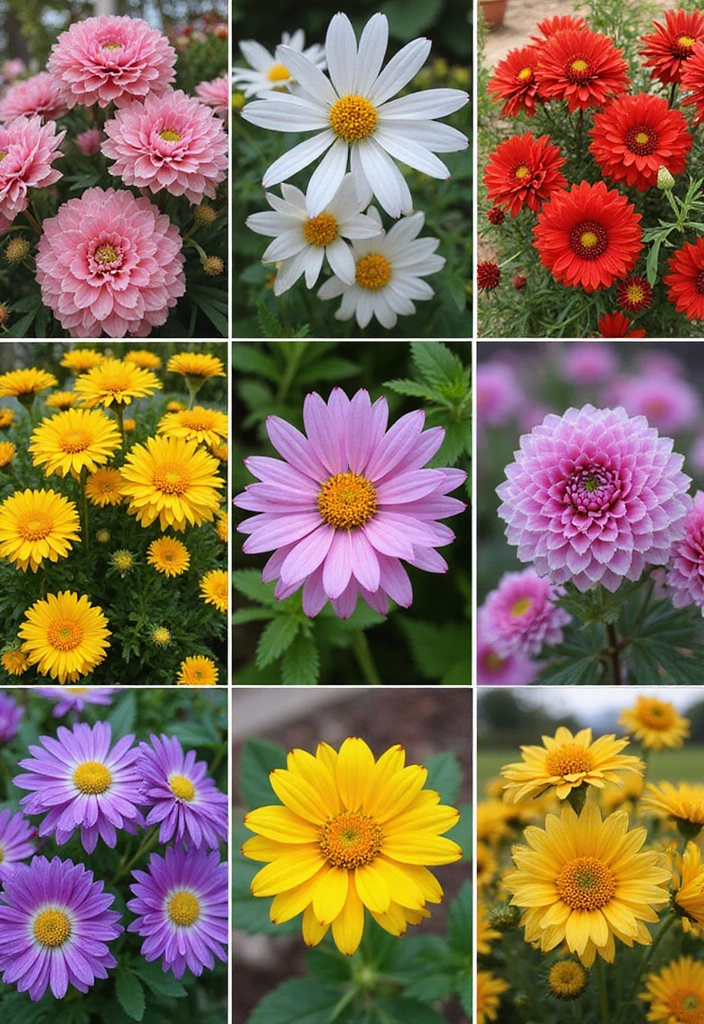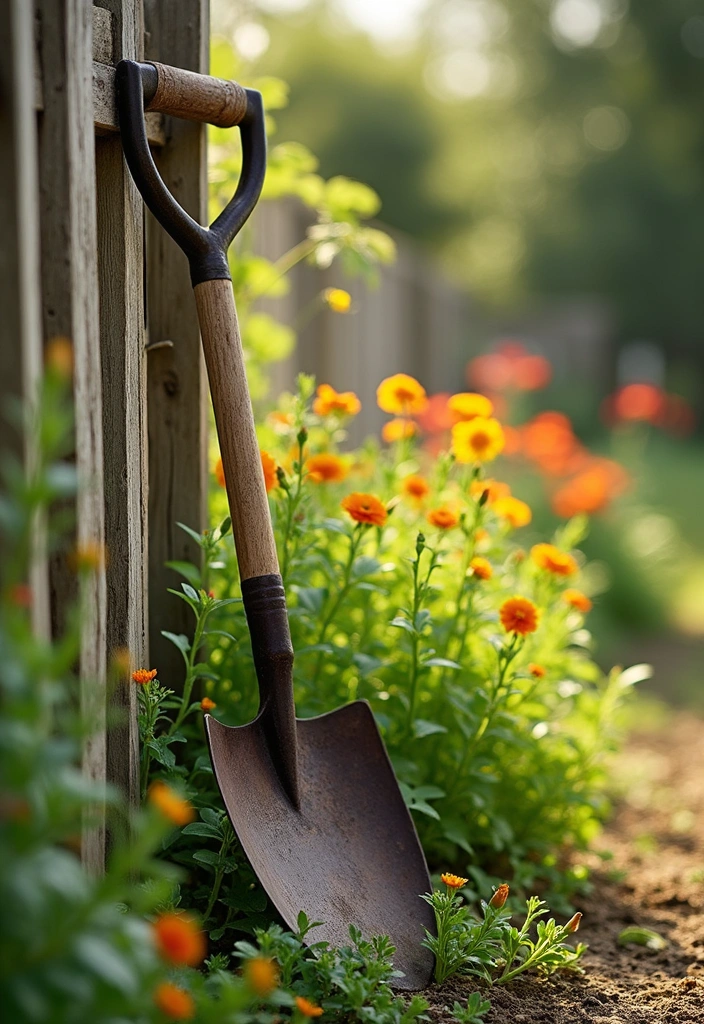Craving fresh herbs? Discover 12 aromatic herb garden ideas you can easily grow indoors, even in a tiny apartment! Elevate your cooking and bring nature inside.
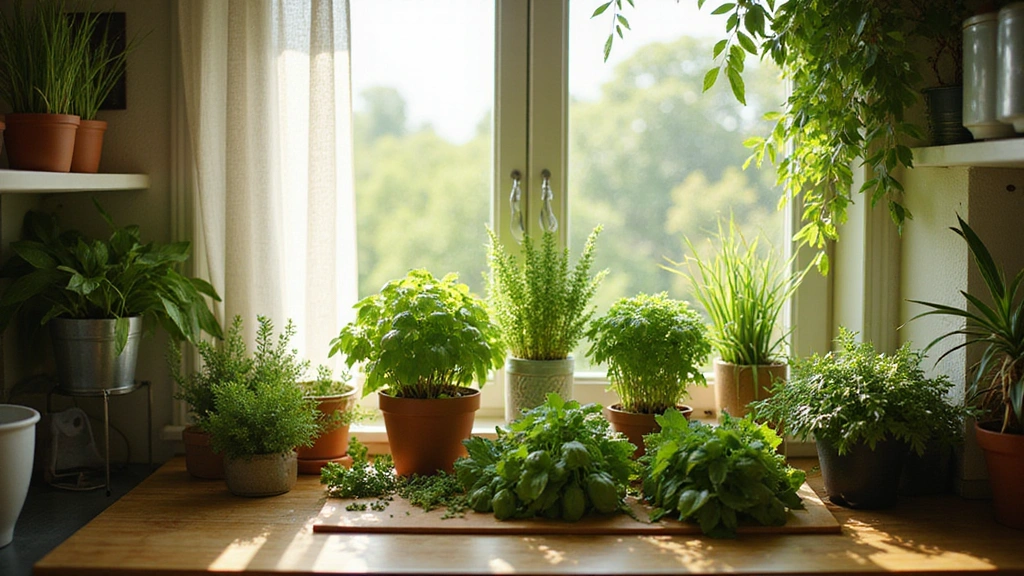
Creating an indoor herb garden can be a fun and rewarding experience, especially if you’re working with limited space.
Imagine having fresh basil for your pasta, mint for your tea, and rosemary for your roast, all just a reach away from your kitchen.
Indoor gardening might sound daunting, but with the right herbs and setups, you can transform any nook in your apartment into a vibrant, aromatic oasis. Let’s dive into some creative herb garden ideas that are perfect for small spaces!
1. Window Sill Garden
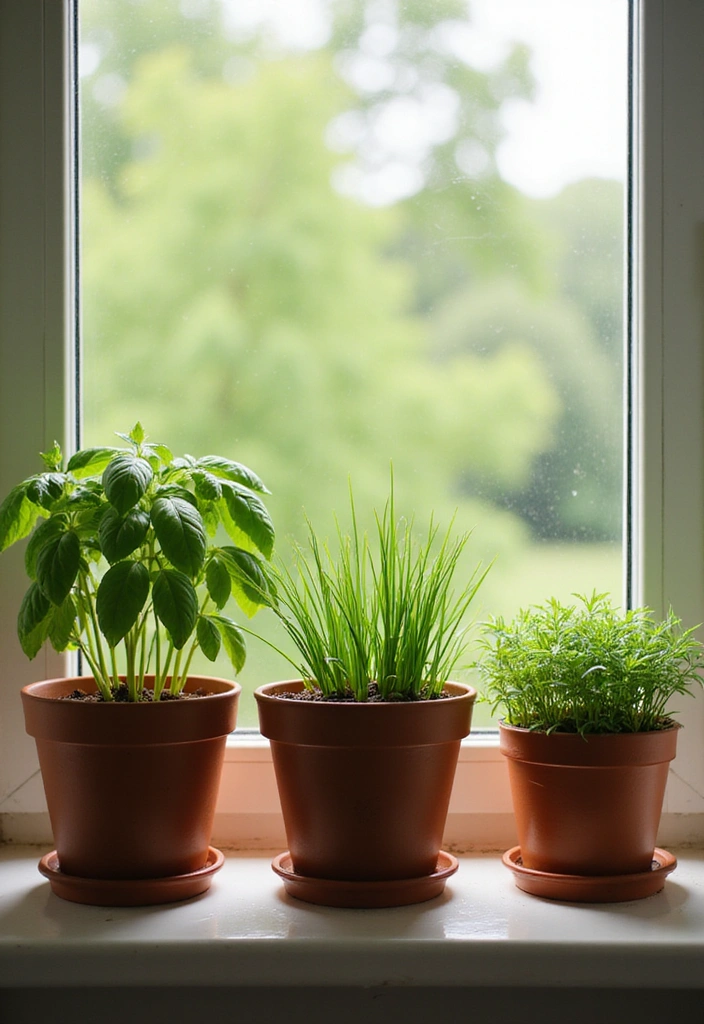
One of the simplest and most effective ways to create an herb garden indoors is by using your window sill.
Most herbs love sunlight, so this spot often provides the perfect conditions for them to thrive. Consider planting herbs like basil, parsley, or chives in small pots or even repurposed jars. These herbs not only grow well in small spaces but also add a pop of greenery to your kitchen.
– Choose pots with good drainage to prevent overwatering.
– Rotate your pots occasionally to ensure even sunlight exposure.
– Opt for colorful or decorative pots to enhance your kitchen décor.
With just a bit of sunlight and care, you’ll have fresh herbs at your fingertips!
2. Mason Jar Herb Garden
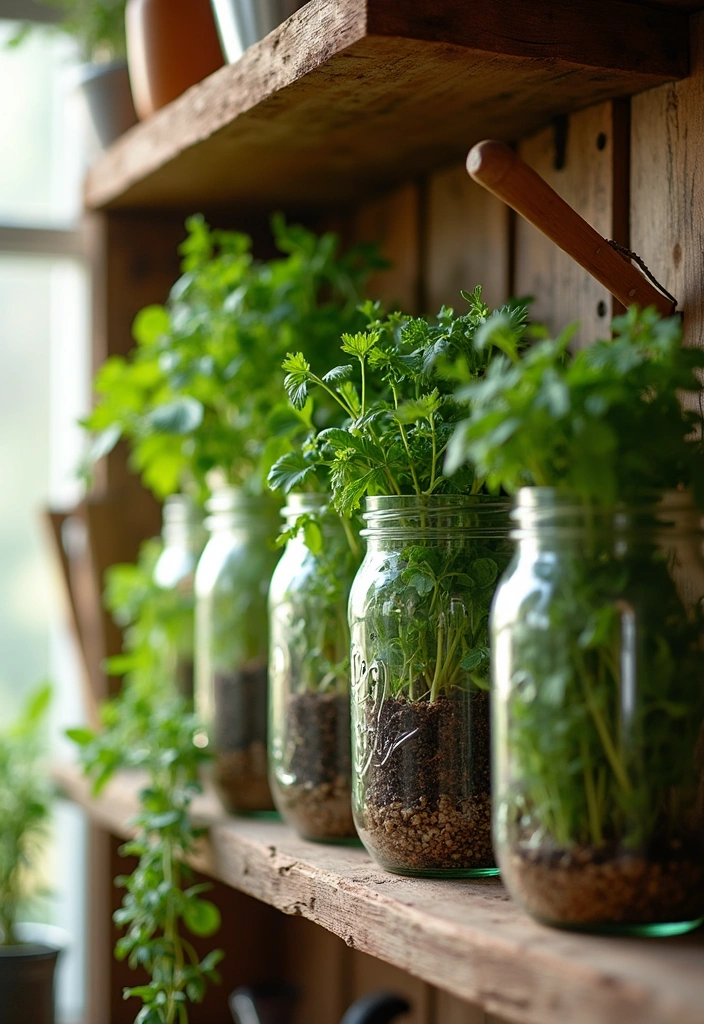
Mason jars aren’t just for canning; they can also serve as charming planters for your indoor herb garden.
Attach the jars to a wall or display them on a shelf to create a unique vertical garden. This not only saves space but also adds a rustic touch to your home. Herbs like mint, cilantro, and oregano do particularly well in jars.
– Use gravel at the bottom of the jar for drainage, followed by potting soil.
– Label each jar with chalkboard paint for a personalized touch.
– Hang the jars at varying heights for an artistic flair.
This setup is not just practical but also a great conversation starter!
3. Herb Spiral
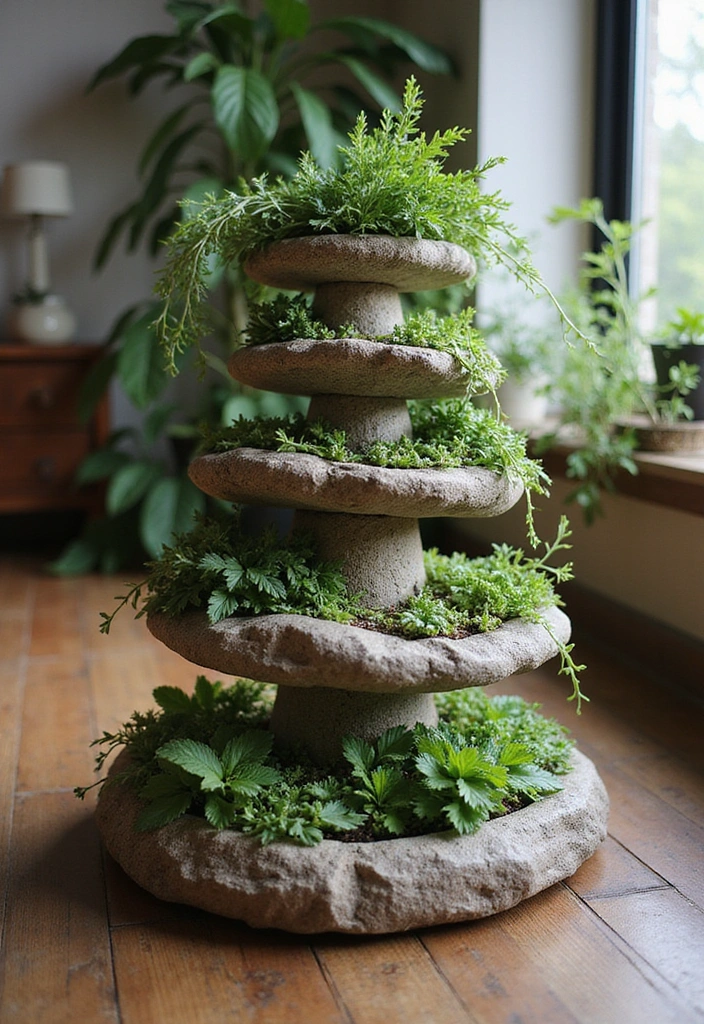
If you have a little bit more space, consider creating a herb spiral. This raised garden design maximizes growing space and creates a beautiful focal point in your home.
An herb spiral can be made with stones or bricks, forming a spiral shape where different herbs can grow at various heights. This allows for better drainage and a variety of microclimates for different herbs.
Suggestions:
– Grow herbs that prefer wetter conditions at the bottom and drought-resistant herbs at the top.
– Incorporate herbs like sage, thyme, and mint.
– Add decorative elements like stones or small statues to personalize your spiral.
This method not only looks stunning but also optimizes your indoor growing experience!
4. Hanging Herb Garden
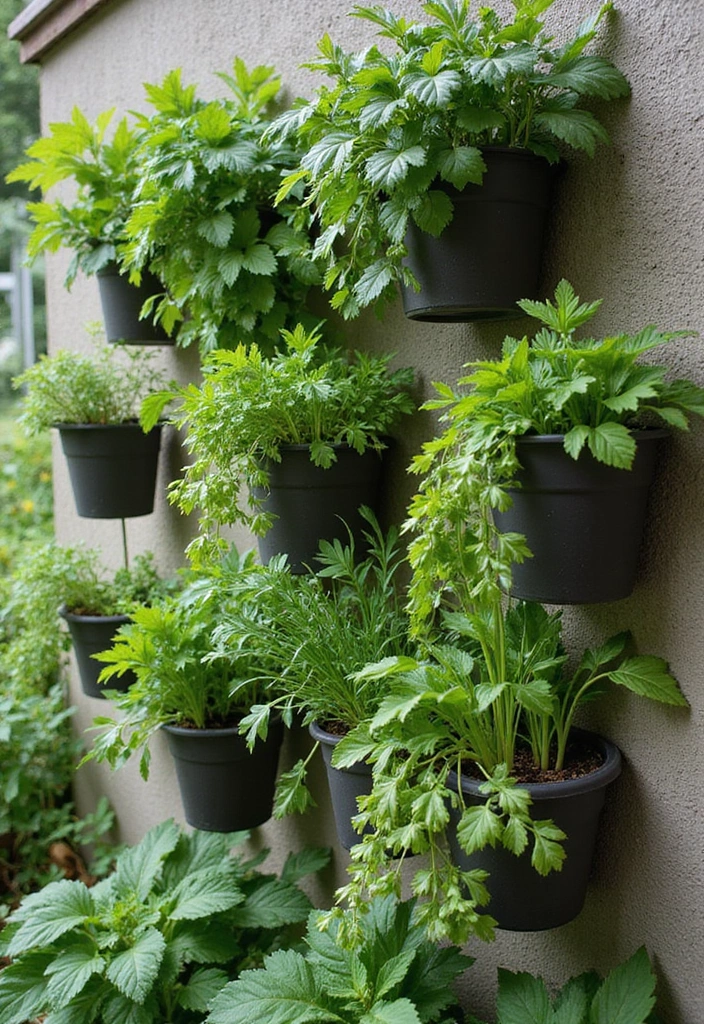
Get creative with a hanging herb garden that can transform any wall into a botanical masterpiece.
Using wall-mounted planters or hanging baskets is a fantastic way to grow your herbs while saving space. This setup is especially useful for herbs that need little depth, such as thyme and oregano.
– Ensure the planters have good drainage and are easy to water.
– Use colorful planters to make the hanging garden more visually appealing.
– Arrange herbs in the order of their sunlight needs to optimize growth.
Plus, hanging them adds a whimsical touch to your space while keeping your herbs easily accessible!
5. Hydroponic Herb System
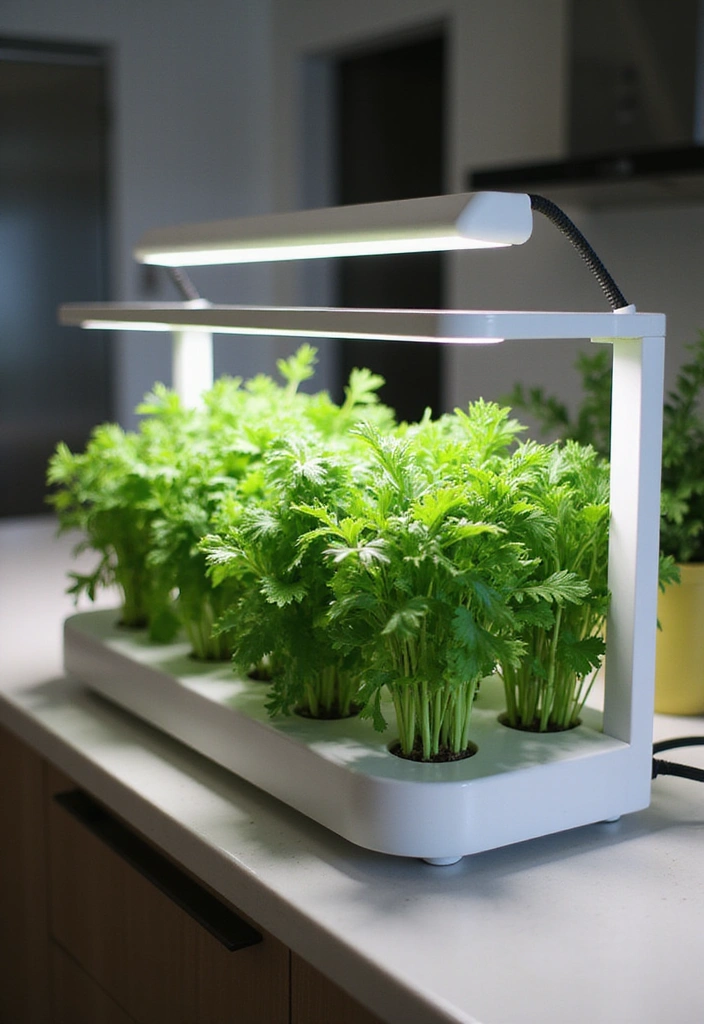
For those tech-savvy gardeners, a hydroponic herb system might be the perfect fit.
These systems allow you to grow herbs in nutrient-rich water without soil, making them perfect for small spaces. Many hydroponic kits are available on the market, and most of them are easy to set up and maintain.
– Hydroponics can yield faster growth rates compared to traditional gardening.
– Monitor nutrient levels carefully to ensure optimal growth.
– Consider setting up a small grow light if your location lacks natural sunlight.
This futuristic approach to gardening not only saves space but also offers an exciting way to grow fresh herbs indoors!
6. Self-Watering Pots
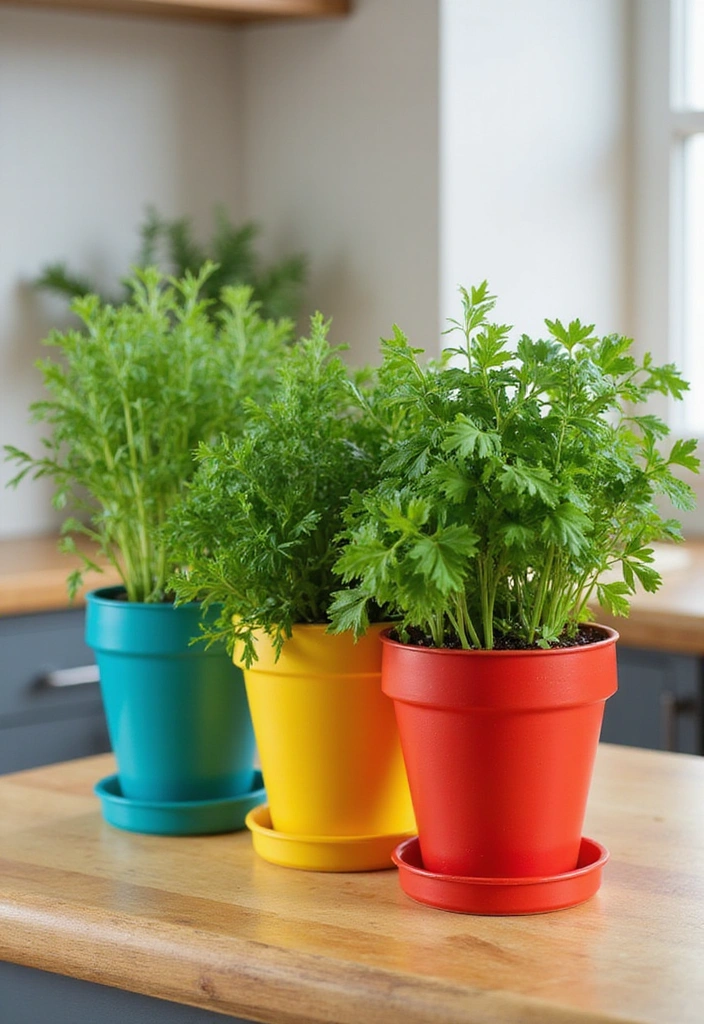
If you tend to forget to water your plants, self-watering pots might be your new best friend.
These pots have a reservoir at the bottom that allows plants to absorb water as needed, making them ideal for busy lifestyles. Herbs like parsley, basil, and rosemary thrive in these pots, ensuring they receive consistent moisture.
– Check the water level regularly to ensure it’s filled.
– Choose pots that are the right size for your herbs to prevent overcrowding.
– You can even decorate your self-watering pots to blend in with your home decor.
With self-watering pots, you’ll enjoy fresh herbs without the constant worry of watering them daily!
7. Mini Greenhouse
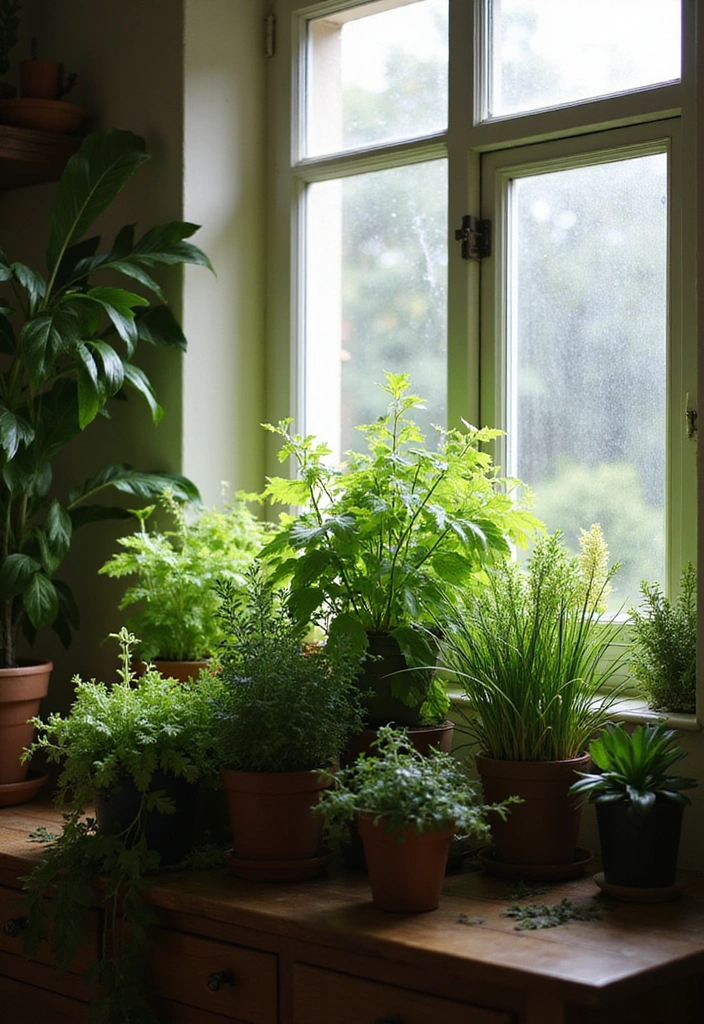
If you’re serious about your indoor herb gardening, a mini greenhouse can be a game changer.
These small structures allow you to create a controlled environment for your herbs, helping them thrive regardless of the season. A mini greenhouse can fit in a corner of your kitchen or on a balcony, providing ample sunlight and protection.
Suggestions:
– Use a portable model for easy mobility.
– Ensure good ventilation to prevent overheating.
– Choose herbs that benefit from humidity, like basil and cilantro.
With a mini greenhouse, you can cultivate a variety of herbs all year round!
8. Vertical Garden Tower
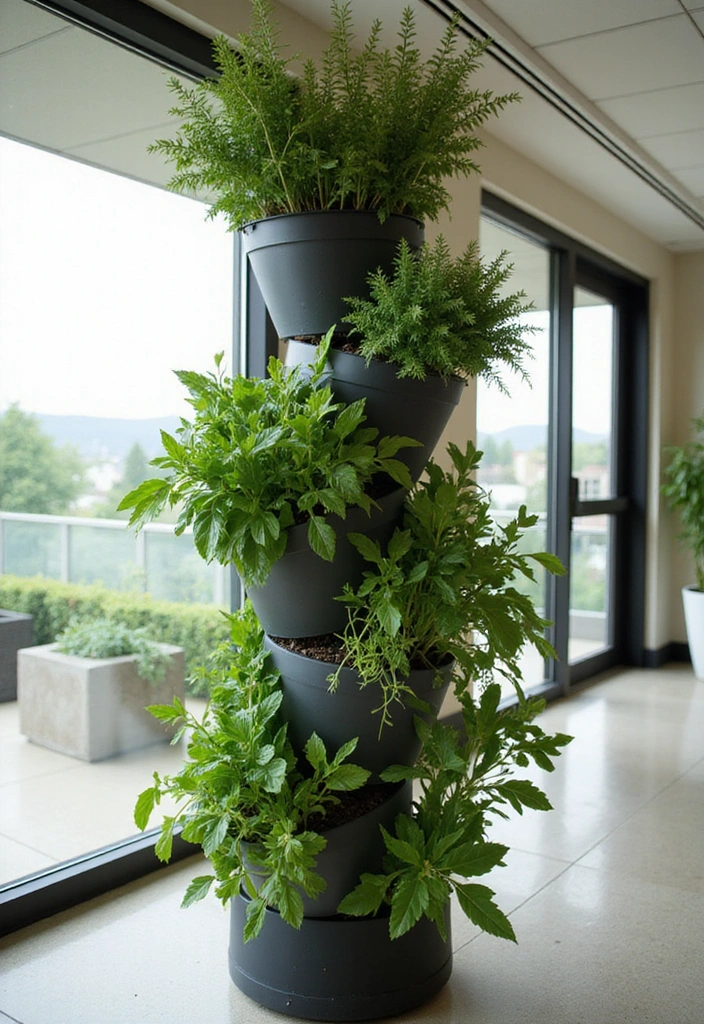
A vertical garden tower is perfect for maximizing limited space while adding an element of elegance to your home.
These towers allow you to stack multiple planters vertically, which is not only space-saving but also visually striking. Ideal herbs for vertical gardens include basil, mint, and chives.
– Easy to water from the top, allowing gravity to do the work.
– Incorporate a drip system for convenience.
– Position the tower near a source of natural light for optimal growth.
This chic gardening solution is sure to impress guests while providing you with fresh herbs!
9. A Taste of Edible Flowers
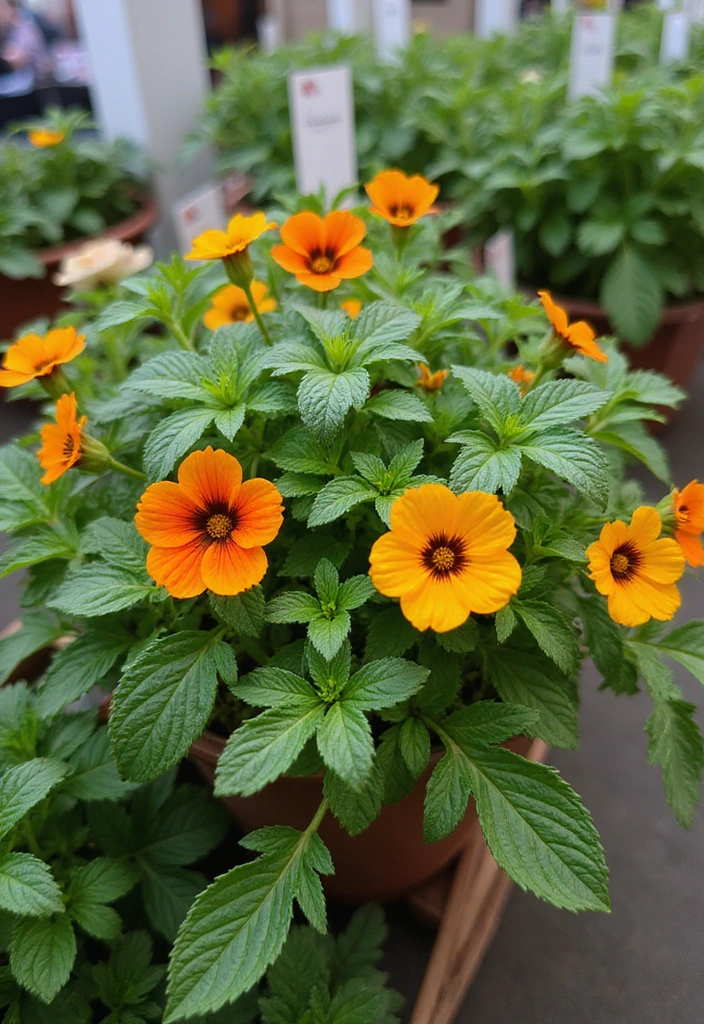
Did you know some herbs flower beautifully? Incorporating edible flowers into your aromatic herb garden can elevate both flavors and aesthetics.
Herbs like chives and basil not only grow delicious leaves but also showcase lovely blooms. These flowers can be used in salads, garnishes, or even herbal teas.
Suggestions:
– Ensure you’re using organic seeds to prevent harmful chemicals.
– Harvest flowers carefully to encourage more growth.
– Experiment with different varieties to find your favorites.
Adding edible flowers will not only beautify your garden but also make your dishes pop with color!
10. Aromatic Hanging Baskets
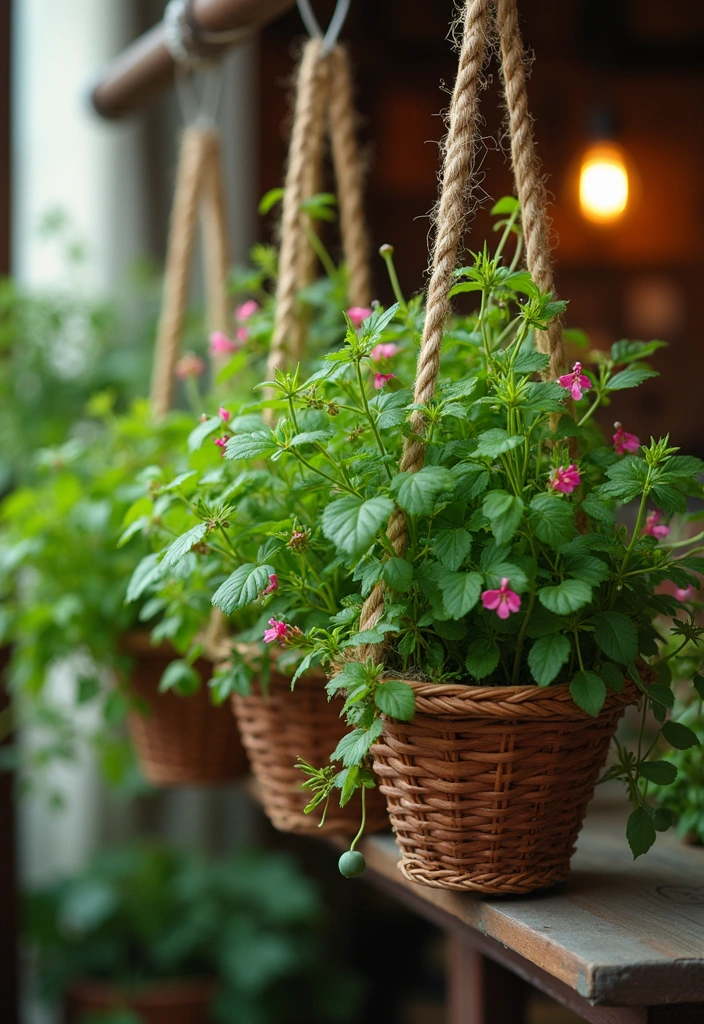
For those who love a touch of creativity, aromatic hanging baskets can add charm and fragrance to your home.
You can fill these baskets with herbs that cascade down elegantly, like trailing rosemary or butterfly-bush thyme. Position them in light-filled spaces to enjoy the aroma and beauty they bring.
– Choose lightweight materials for your baskets to make them easier to hang.
– Incorporate a mix of trailing and upright herbs for visual interest.
– Ensure the herbs you select work well together in terms of water and light needs.
These baskets are not only practical but also a delightful feature in any room!
11. Repurposed Furniture Herb Garden
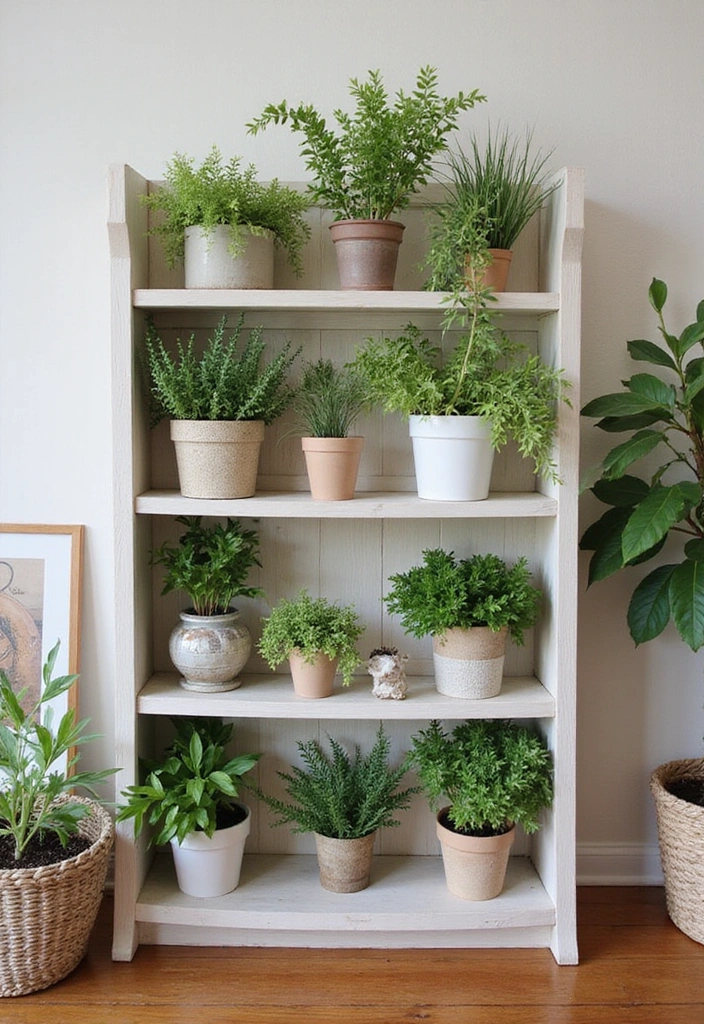
Give an old piece of furniture a new life by turning it into a herb garden.
An old bookshelf, side table, or even a ladder can be transformed into a stunning indoor garden. Fill each shelf or tier with different herbs, using pots or containers that complement your home’s style.
Suggestions:
– Choose furniture that’s sturdy and can handle some weight.
– Paint or refinish the furniture to suit your decor.
– Experiment with various container sizes for a more dynamic look.
This creative idea not only provides space for your herbs but also serves as a unique decorative element in your home!
12. Seasonal Herb Rotation
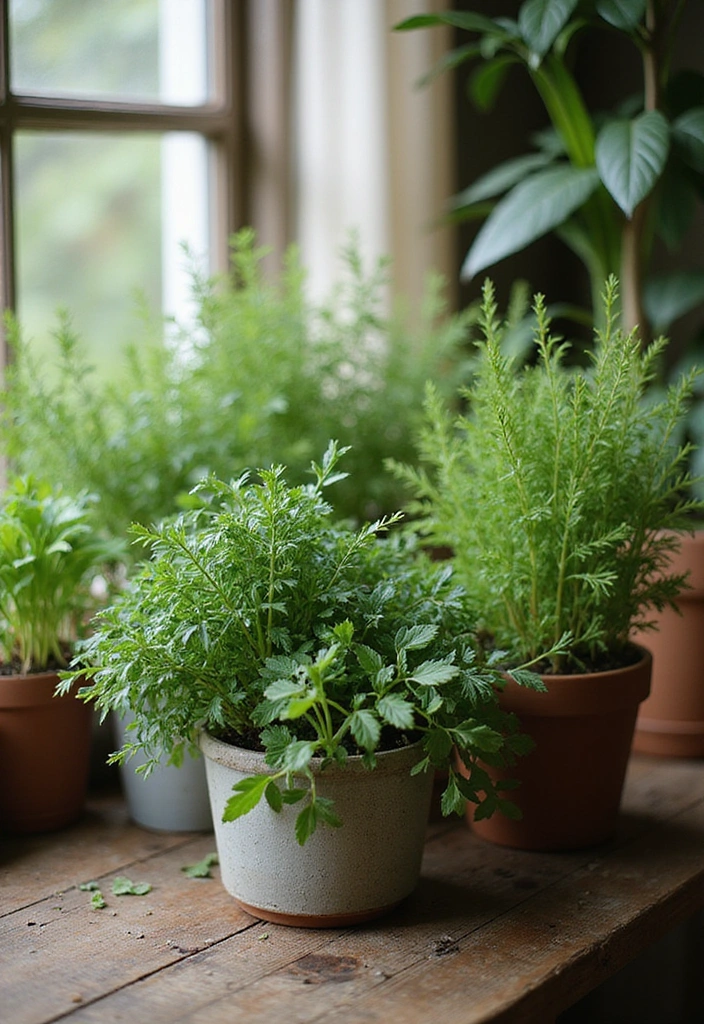
To maximize your indoor herb garden’s potential, consider a seasonal herb rotation.
Different herbs thrive in different seasons, so by rotating them, you can enjoy fresh flavors all year long. For instance, grow basil and cilantro in spring and summer, then switch to rosemary and thyme in fall and winter.
– Keep track of which herbs do best in each season.
– Use different pots or markers to identify rotating herbs easily.
– Make the most of your indoor light source, adjusting as needed with the seasons.
This practice not only keeps your herb garden fresh and exciting but also enhances your culinary adventures throughout the year!
Finally Here We Go!
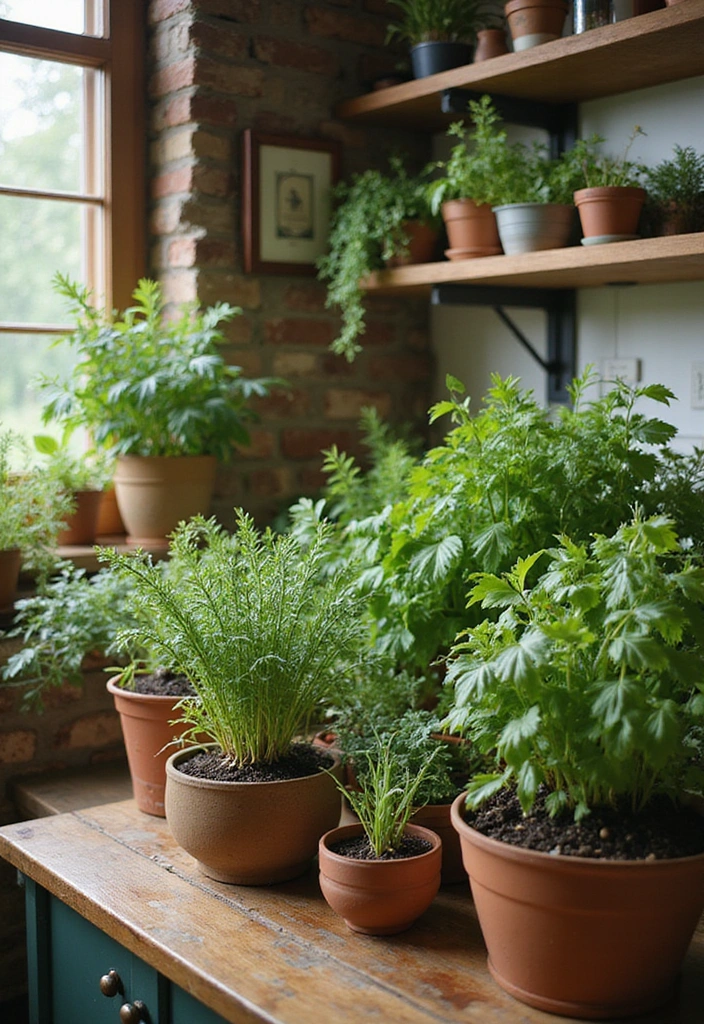
Growing an indoor herb garden is not just about having fresh flavors at your fingertips; it’s about creating a space that feels alive and vibrant.
No matter how small your apartment is, these aromatic herb garden ideas can fit into your lifestyle and elevate your cooking experience.
So why not pick a few herbs that inspire you, and start growing your own indoor oasis today? You won’t regret it!
